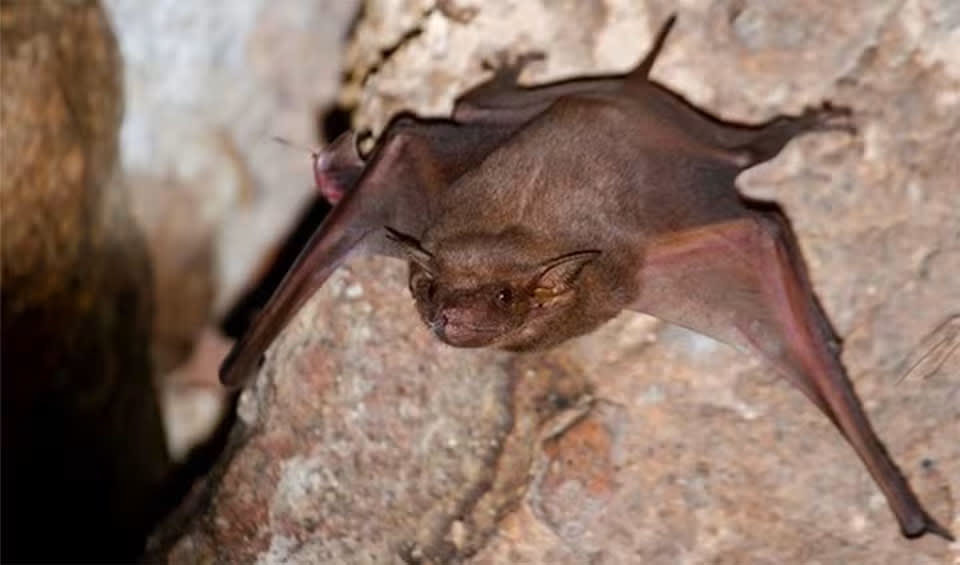Emballonura
These SE Asia and Oceania natives are compact-bodied with triangle heads facing up
Members of this genus are part of the sheath-tailed bat family, characterized by their distinctive tail morphology where the tail extends beyond the tail membrane, a feature that aids in their aerial agility and maneuverability.
Echolocation is a pivotal aspect of Emballonura bats’ survival, enabling them to navigate through the dense foliage of their habitats, locate prey, and communicate with one another. What sets some species of Emballonura apart is the peculiar nature of their echolocation calls. Unlike the echolocation signals of many bat species, which are ultrasonic and beyond the range of human hearing, those emitted by certain Emballonura bats fall within frequencies that can be heard by humans. This characteristic not only fascinates scientists but also aids in the study and conservation of these species, as their calls can be easily monitored and analyzed with less sophisticated equipment.
The diet of Emballonura bats primarily consists of insects, which they capture in flight using their adept flying skills and echolocation abilities. This predatory behavior plays a crucial role in controlling insect populations, thus contributing to the ecological balance within their environments.
Despite their ecological importance, some species within the Emballonura genus face significant conservation challenges. Notably, the Seri’s sheath-tailed bat and the Pacific sheath-tailed bat are currently facing threats that have led to their classification as Vulnerable and Endangered, respectively. The primary threats to these bats include habitat destruction due to logging, agriculture, and urbanization, as well as disturbances to their roosting sites. Such disturbances not only reduce the availability of suitable habitats but also directly impact their populations by disrupting breeding colonies and reducing their ability to forage effectively.
Species in this genus
Naked-rumped tomb bat
These ‘sloppy animals’ tend to have a strong and unpleasant odor due to accumulated wastes in roosts


